Timandra comae
Schmidt, 1931
-
 Subfamily: Sterrhinae, Timandrini
Subfamily: Sterrhinae, Timandrini -
 Wingspan: 25-33 mm
Wingspan: 25-33 mm -
 Flight period: May - Oct
Flight period: May - Oct -
 Spread: Common
Spread: Common -
 Host plants: Polygonaceae
Host plants: Polygonaceae
Information
The Timandra comae is a moth of the Geometridae family, subfamily Sterrhinae, with a wingspan of 25-33 mm.
It is present throughout Europe. *
In Italy it is also present in the islands. *
In the easternmost part of Europe it is replaced by the congener Timandra griseata.
The species were divided in 1931, only to be later merged by most of the authors.
But since 1994, new research has come out in favor of treatment as distinct species. ****
The background color of Timandra comae is cream, with a narrow bold red or purple band forming a diagonal stripe
between the front wings and the rear wings by joining the two tips of the front wings.
The inner line is pink, not well developed . The outer line is greyish with a wavy and curved pattern; it also crosses the wings, joining the two apexes of the front wings.
Approximately in the center of the wing is visible a slightly elongated spot also of pink color.
All wings are fringed in the same color. The tornus of the posterior is strongly angled giving it a distinctive shape. The edge of the wings is also suffused with pink.
The head, the thorax and the abdomen have the background color of the wings.
These moths frequent many habitats where the larval host plant develops such as clearings and wooded edges, widely managed meadows and pastures or shores and wetlands.
The Timandra comae has two or three (in the south even 4) generations from May to October. It is observed quite frequently on leaves and fruits.
It overwinters in the larva stage.
The eggs are ovoid, pink-knurled. **
The caterpillar is light brown in color with rhomboid-shaped dark brown marks on the back that lighten with moults **
The pupa is light brown, opaque, tapered in shape, with brown markings and a shaded dark line that crosses the abdominal segments. **
The larva feeds on Polygonaceae in particular on Rumex and Polygonum avicular. ***
* Lepidoptera mundi https://lepidoptera.eu/ - Fauna Europea https://fauna-eu.org/
** Bestimmungshilfe für die in Europa nachgewiesenen Schmetterlingsarten - http://lepiforum.de/
*** Roland Robineau, Guide de papillons nocturne de France, Delachaux et Niestlé, 2011 p.44.
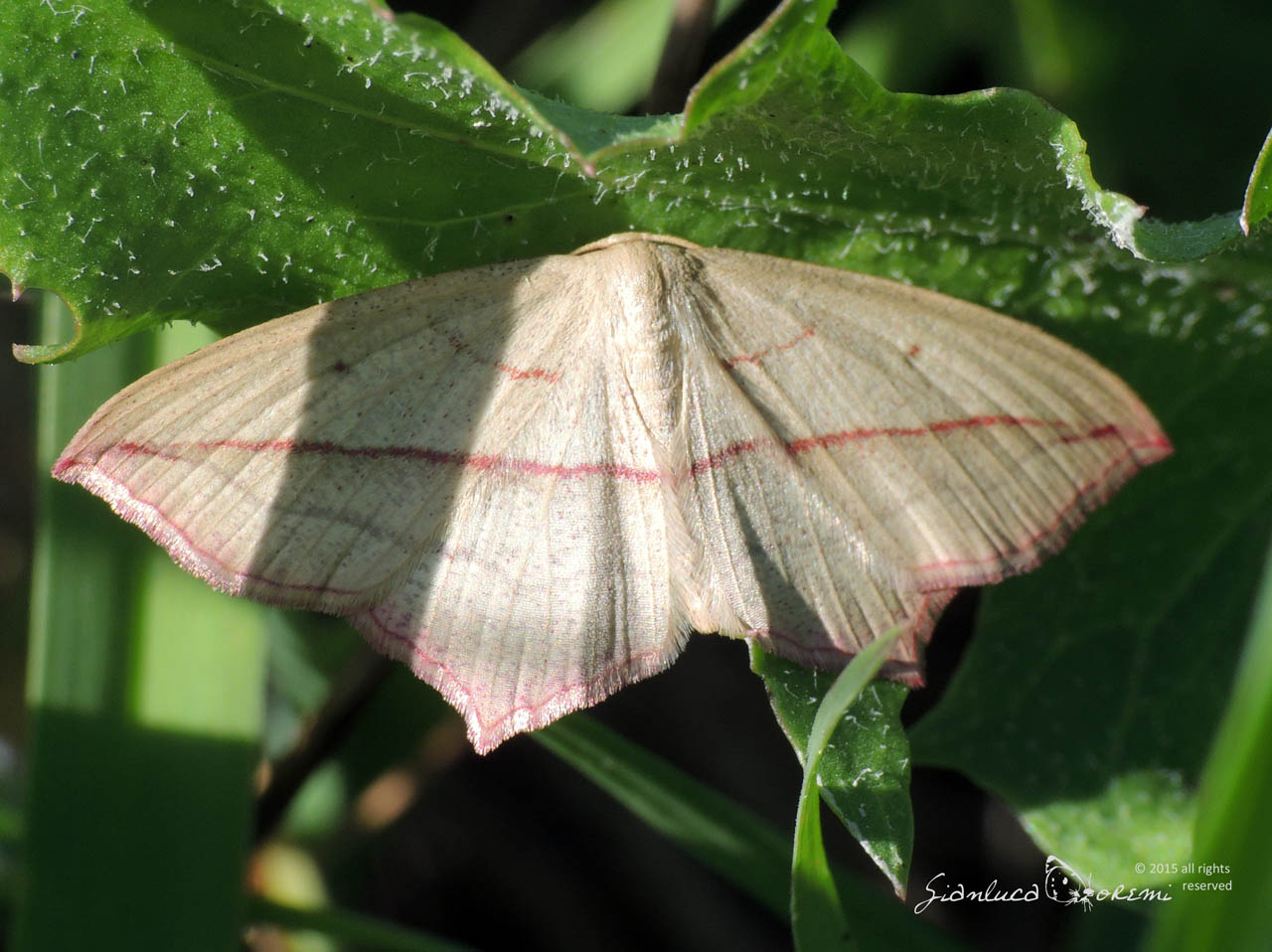

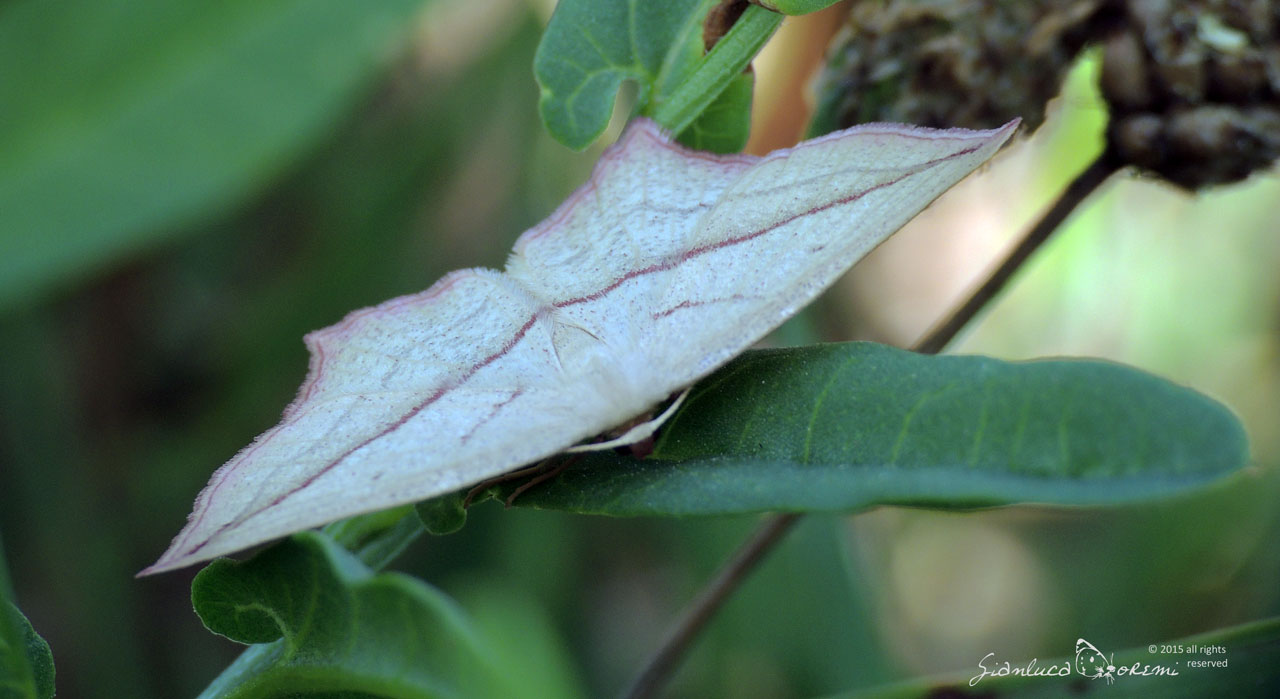
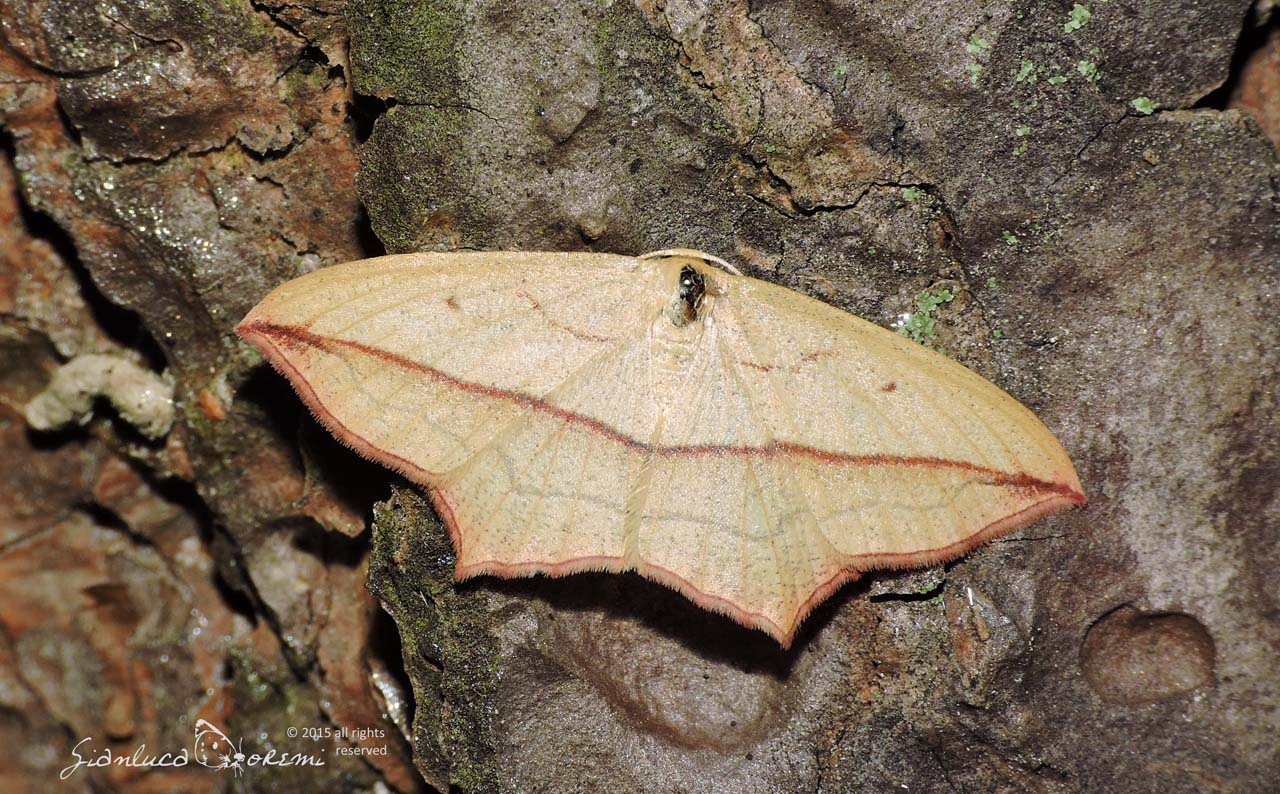

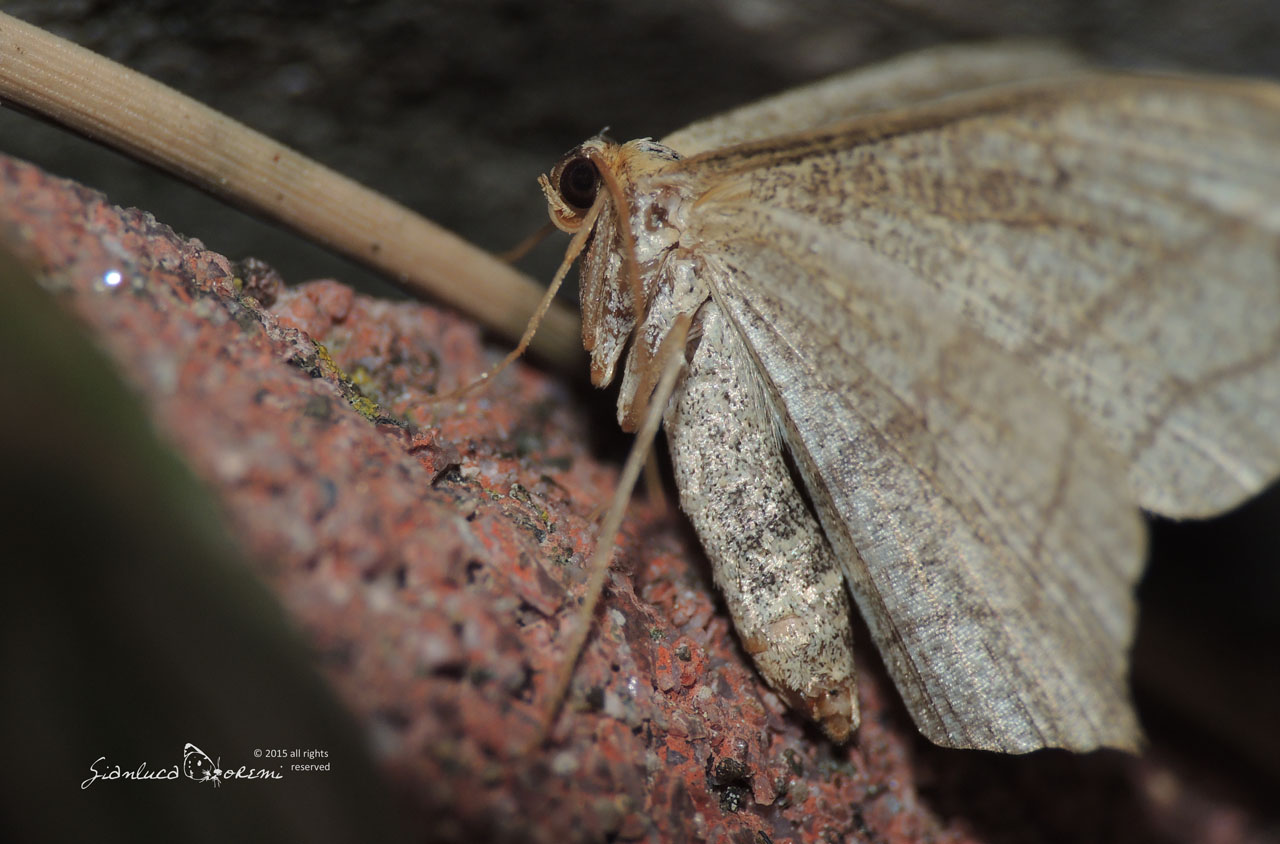
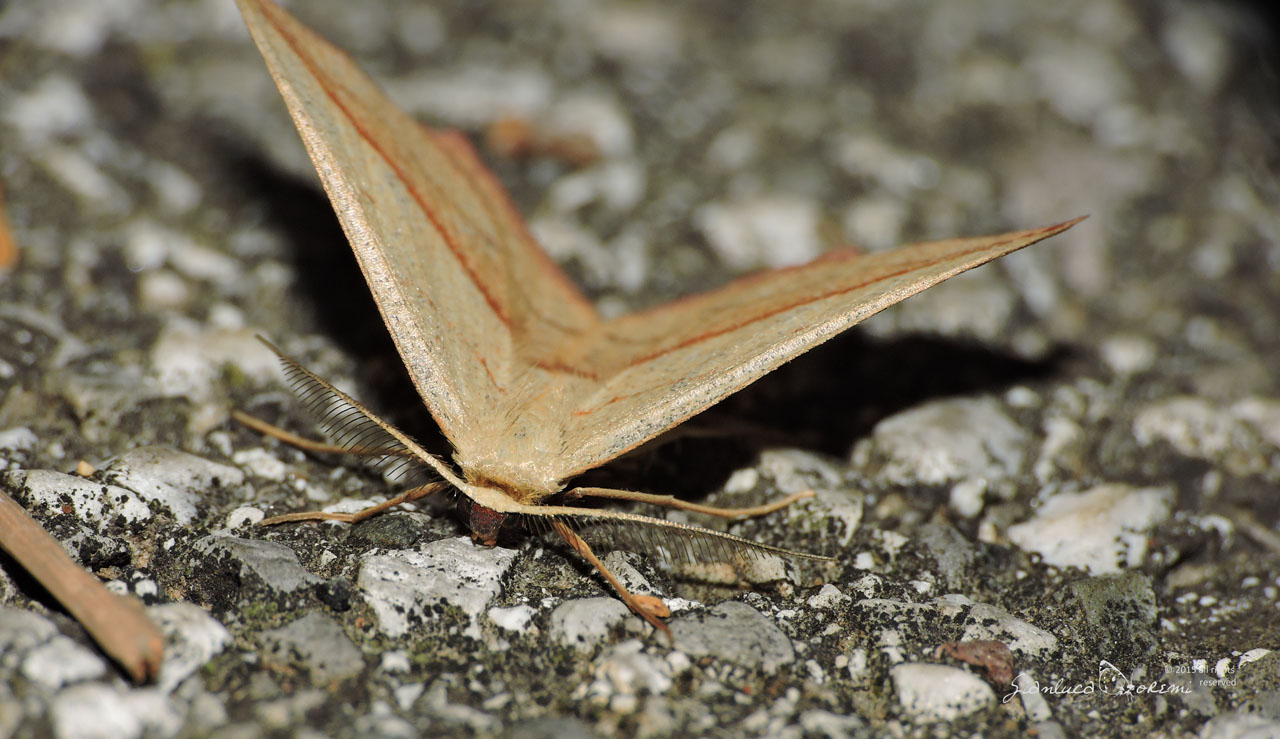
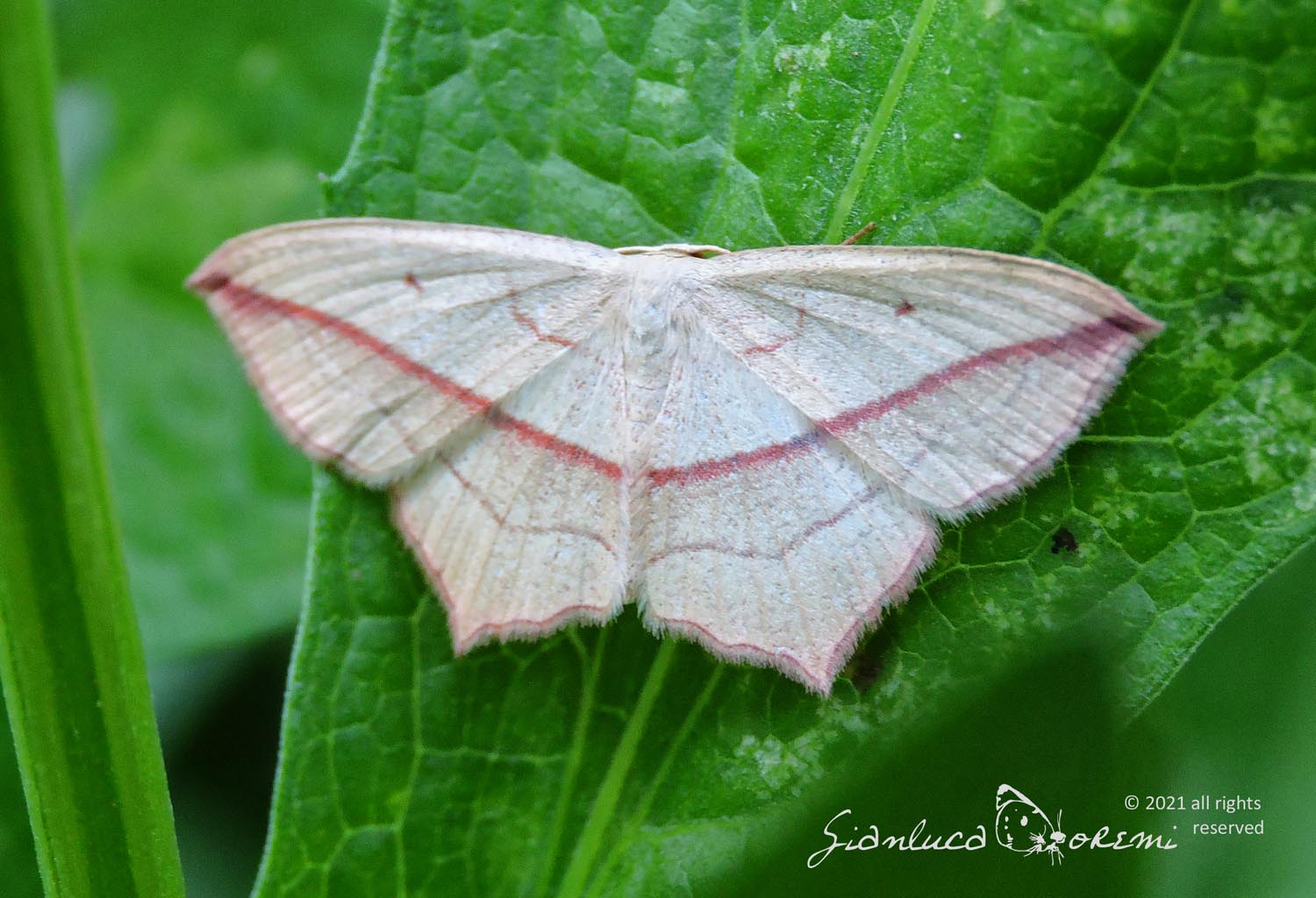
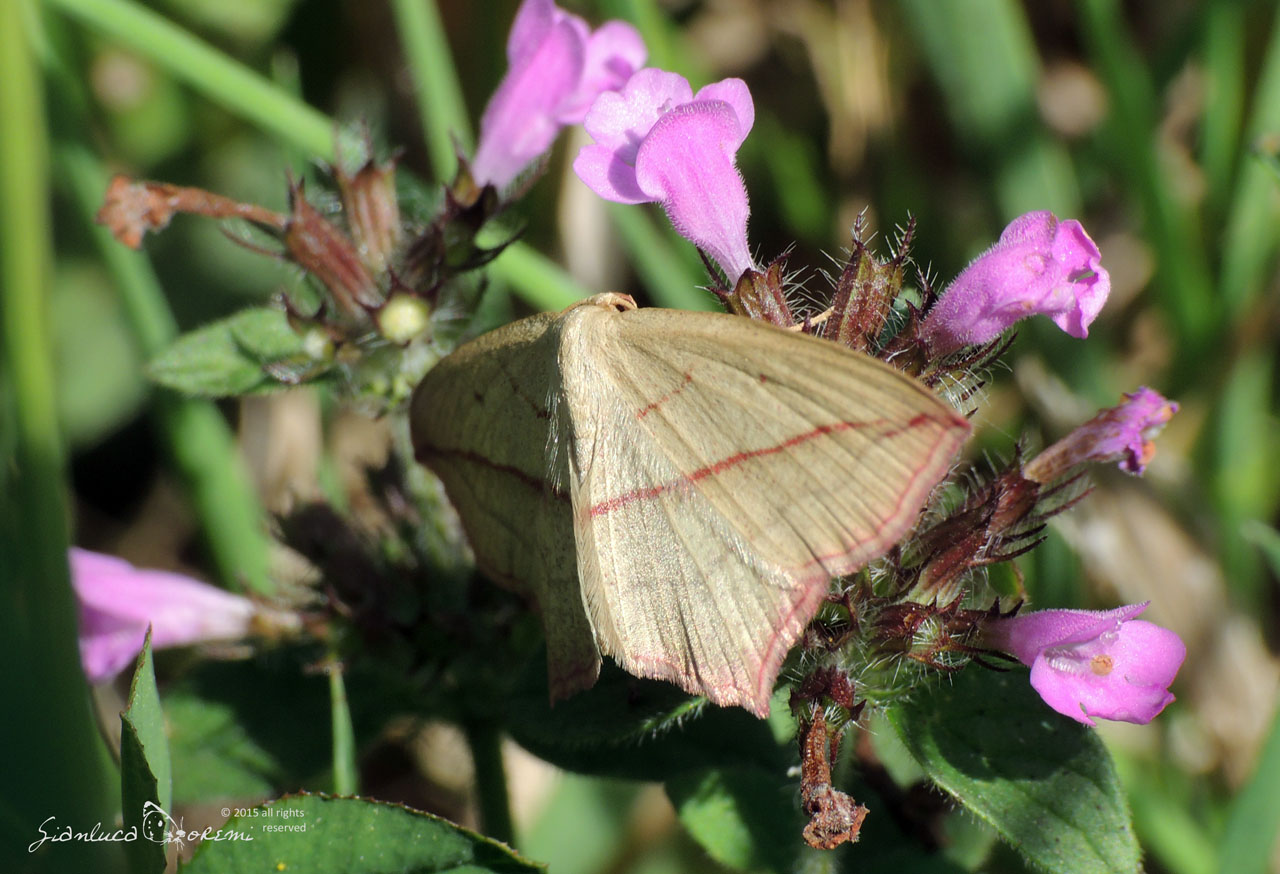
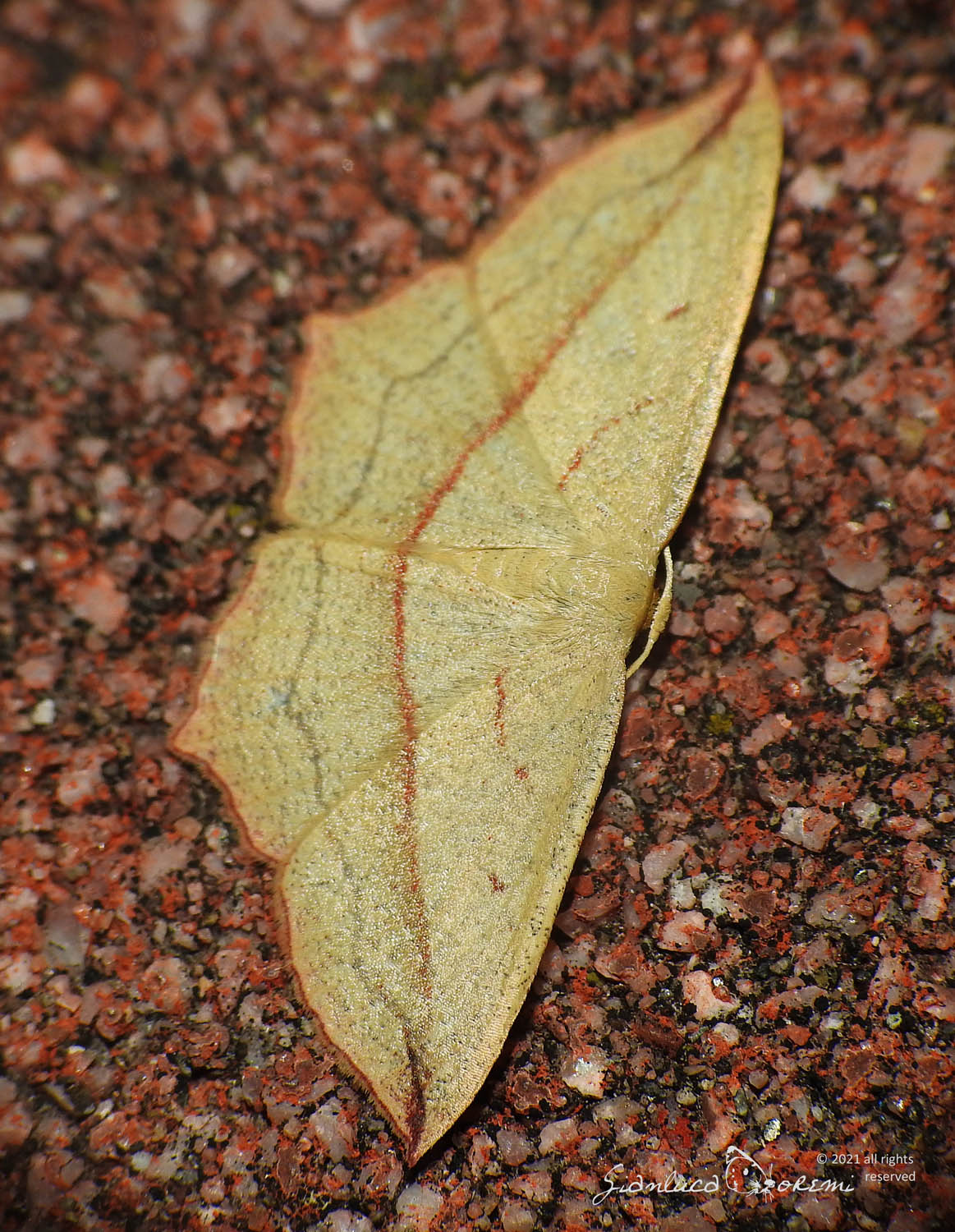
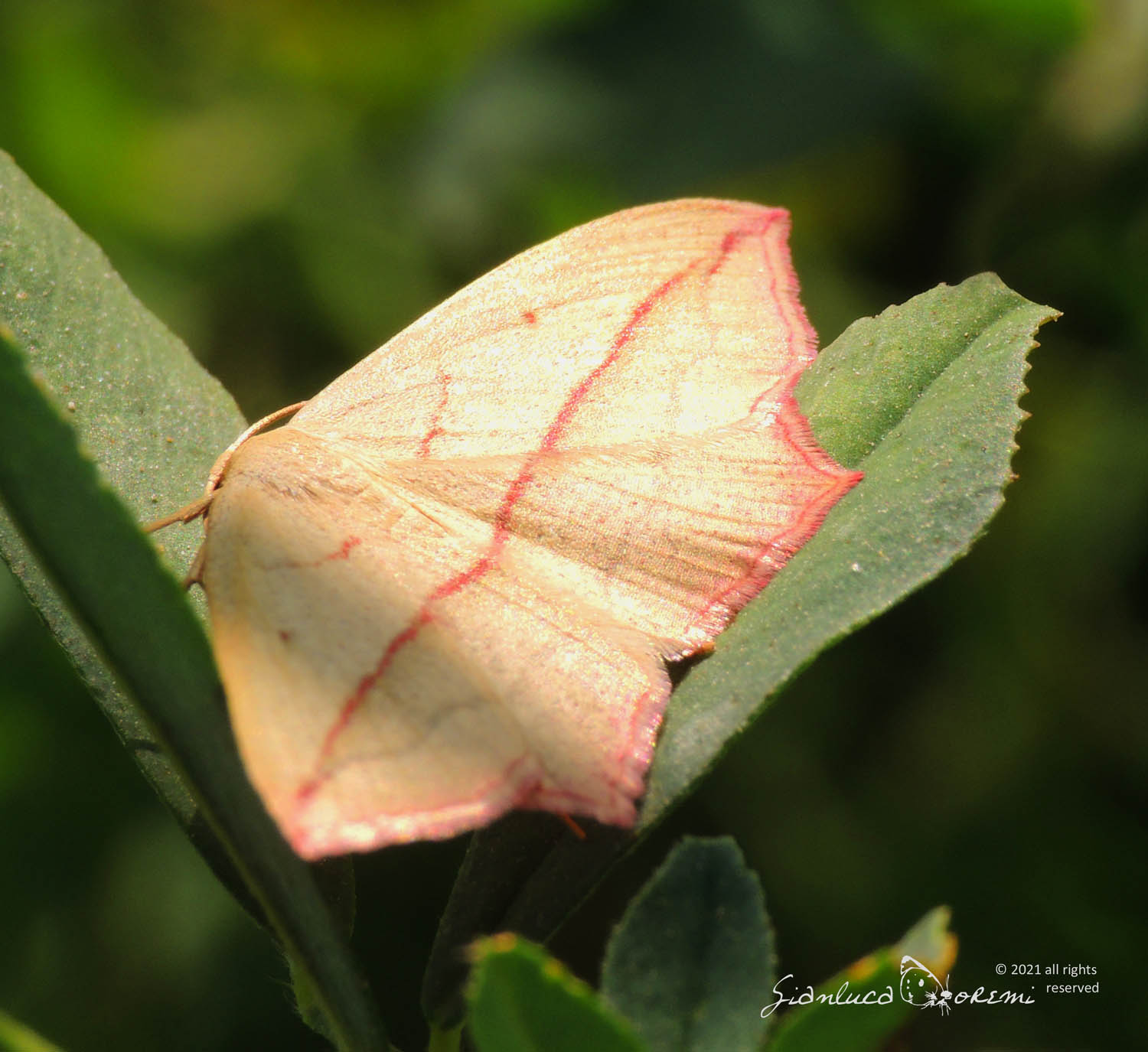

 EN
EN ITA
ITA
Social and publications